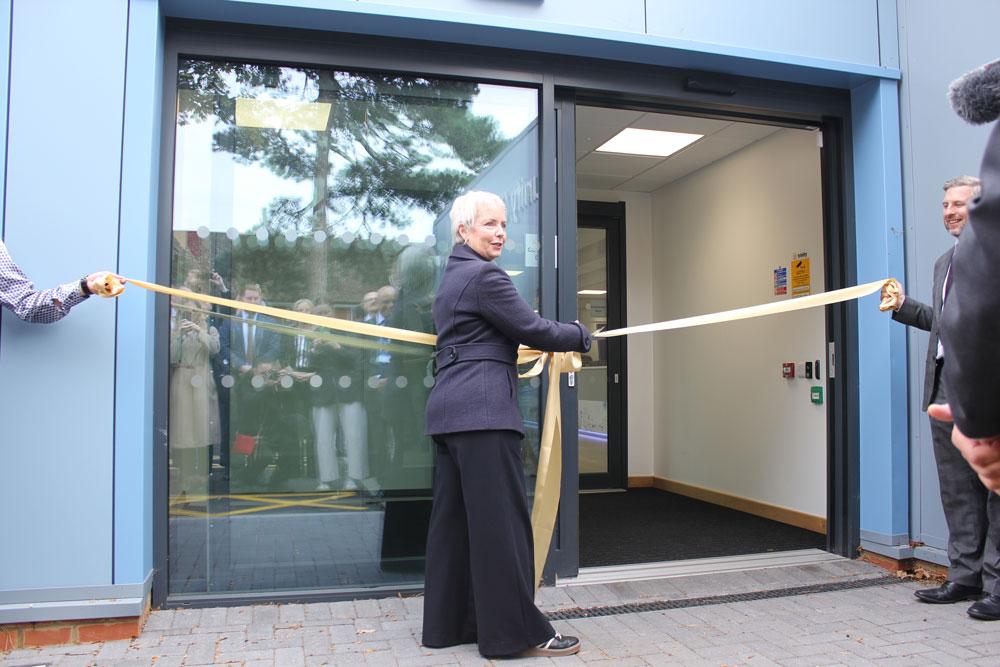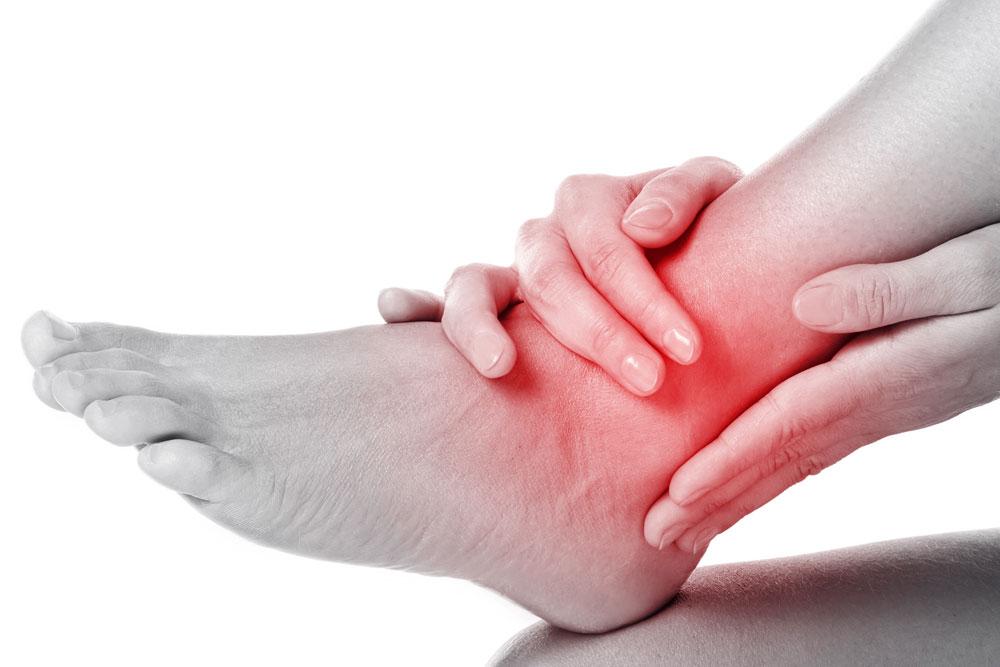Following the unparalleled crisis caused by the Covid pandemic and battling to reduce the subsequent hospital waiting times, healthcare professionals now have another pressing emergency to overcome. Jackie Maginnis, chief executive of the Modular and Portable Building Association (MPBA) discusses how modular building technology is helping alleviate the potential disruption caused by the reinforced aerated autoclaved concrete (RAAC) issue.
The NHS has a long association with modular building techniques and for decades, advanced modern methods of construction (MMC) have been used to rapidly deliver much needed operating theatres, birthing units, diagnostic centres, wards, administration buildings and during the pandemic – urgent care and testing facilities.
RAAC in hospitals and other healthcare buildings poses a risk to staff and patients.
It is a material that was widely used in the construction of public buildings from the 1950s to 1990s. The use of RAAC led to the closure of just under 150 schools across England and was found to be a risk to hospitals, housing blocks and other public buildings.
RAAC is a lightweight precast concrete material with air bubbles formed inside due to the autoclaving process. RAAC was widely used as a building material because it is cheap, lightweight and provides good thermal insulation. However, there are several structural deficiencies associated with it including cracking, excessive displacements and durability.
The Government reports that 42 NHS sites have been confirmed to have RAAC plank construction and through the national remediation programme, RAAC has been eradicated in three of these sites.
In most identified cases, RAAC has been found in limited parts of a building, however seven of these hospitals need a full replacement and will be rebuilt through the New Hospital Programme (NHP) before 2030 and this is where volumetric modular construction comes to the fore.
It is widely acknowledged that modular technology can not only provide temporary portable buildings to alleviate the immediate crisis but also factory manufactured volumetric buildings will provide the most cost-effective and time-efficient long-term solution to the RAAC crisis.
Currently healthcare specialists within our membership are stepping up to support the NHS as they did at the time of the Covid pandemic – both those hiring portable buildings and experts in the field of manufacturing modules specifically for the healthcare sector.
Evidencing value
It is now established that a volumetric modular approach is a game changer for the healthcare construction industry – reducing build times whilst increasing quality, productivity and safety.
Pre-Manufactured Value (PMV) is another driving force in the specification of volumetric technology in the sector. PMV is a core metric for measuring the level of MMC in a project and is central to the UK Government’s NHS procurement programmes.
To secure a contract, suppliers are required to show that pre-manufacturing in quality-controlled factory environments will account for 70 per cent of their construction cost, which plays to the strengths of a volumetric modular approach.
Bringing a manufacturing mindset to the design and construction of healthcare facilities – with volumetric buildings, all construction data can be validated and coordinated as part of a structured process, which helps provide accurate and reliable information for clients at the point of handover.
Volumetric construction helps ensure client satisfaction and offers product assurances through the certainty and quality embedded into the manufacturing process.
Cutting costs and carbon
Not only is the actual construction of modular buildings ‘greener’, but importantly in these times of excessive heating costs, volumetric manufactured buildings are more energy efficient.
Through superior insulation and achieving enhanced levels of airtightness – primary energy requirements and in-use operational emissions are reduced throughout the lifetime of the building.
The emphasis with net zero construction is quite rightly focused on the environment but through a more sustainable approach to designing and developing buildings, those operating in the healthcare sector will reap the benefits for many generations to come.
Cutting costs and carbon
Not only is the actual construction of modular buildings ‘greener’, but importantly in these times of excessive heating costs, volumetric manufactured buildings are more energy efficient.
Through superior insulation and achieving enhanced levels of airtightness – primary energy requirements and in-use operational emissions are reduced throughout the lifetime of the building.
The emphasis with net zero construction is quite rightly focused on the environment but through a more sustainable approach to designing and developing buildings, those operating in the healthcare sector will reap the benefits for many generations to come.
There is significant evidence that traditionally constructed buildings do not produce structures that perform as well as design expectations and there is a great void between anticipated and actual in-use performance. Findings from studies such as PROBE (Post-occupancy Review Of Buildings and their Engineering) reveal that actual energy consumption in buildings is often as much as twice of that predicted at the design stage.
At the forefront of offsite approaches, it is now established that volumetric modular technology is a game changer for the construction industry – reducing build times by an impressive 50-60 per cent whilst increasing quality, productivity and safety.
Factory manufactured modular buildings are highly accurate, well insulated and airtight, with air permeability of 1.5-3 m3 @50PA being the norm. A key advantage of modular construction is the quality benefits which come from working in a controlled environment. By producing buildings in a factory setting, the quality of elements such as insulation can be better assured.
This manufacturing method also allows better control over optimising material use. The surplus materials are recycled or reused for future projects, reducing construction waste that ends up in landfill.
Materials are protected from moisture and extreme weather conditions, reducing the risk of disposal through water ingress and damage.
It is widely recognised that modular has the potential to reduce overall construction programmes, but it is not often acknowledged this approach can reduce up to 90 per cent of the waste generated when compared with traditional construction methods.
Providing a predictable pathway for NHS builds, the benefits of volumetric manufactured buildings begin in the factory, continue to the construction site and last through the lifetime of the building.
MPBA
The Modular and Portable Building Association plays a key role in supporting all sections of the industry. Leading best practice principles, the association is represented on many committees for the benefit of members.
Many MPBA members are accredited under a number of modular building frameworks, including NHS Shared Business Services Framework, LHC, Crown Commercial Service, NHS Commercial Solutions and the Modular Buildings Framework. These frameworks help NHS trusts and other public sector clients improve the speed and cost-efficiency of procurement to support world-class patient care.
Given the time-critical nature of this crisis, the need to quickly source modern and fully functional buildings is imperative. The MPBA is keen to help and by putting calls out to their extensive network, they can save NHS Estate Managers and leaders valuable time and resources.
Those involved in the procurement of healthcare facilities can gain help to quickly engage with portable building providers or modular manufacturers by calling Jackie Maginnis, Chief Executive of the MPBA on 024 7590 1938, emailing: mpba@mpba.biz or visiting: www.mpba.biz.





